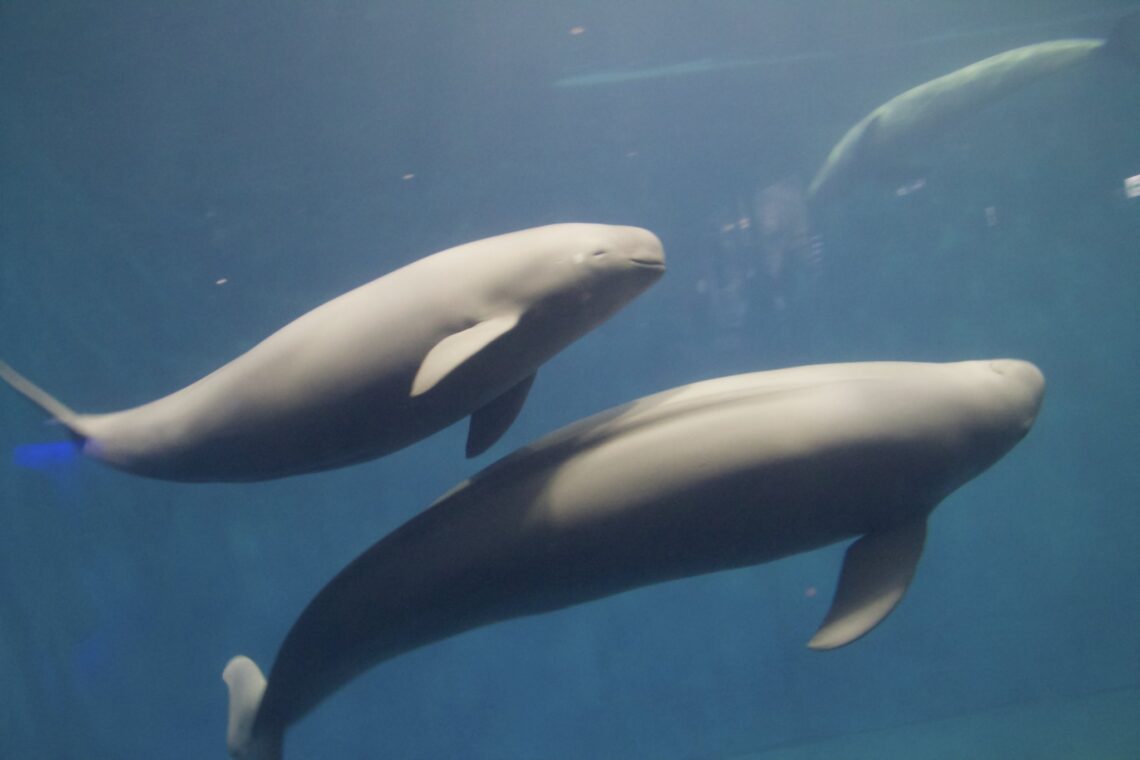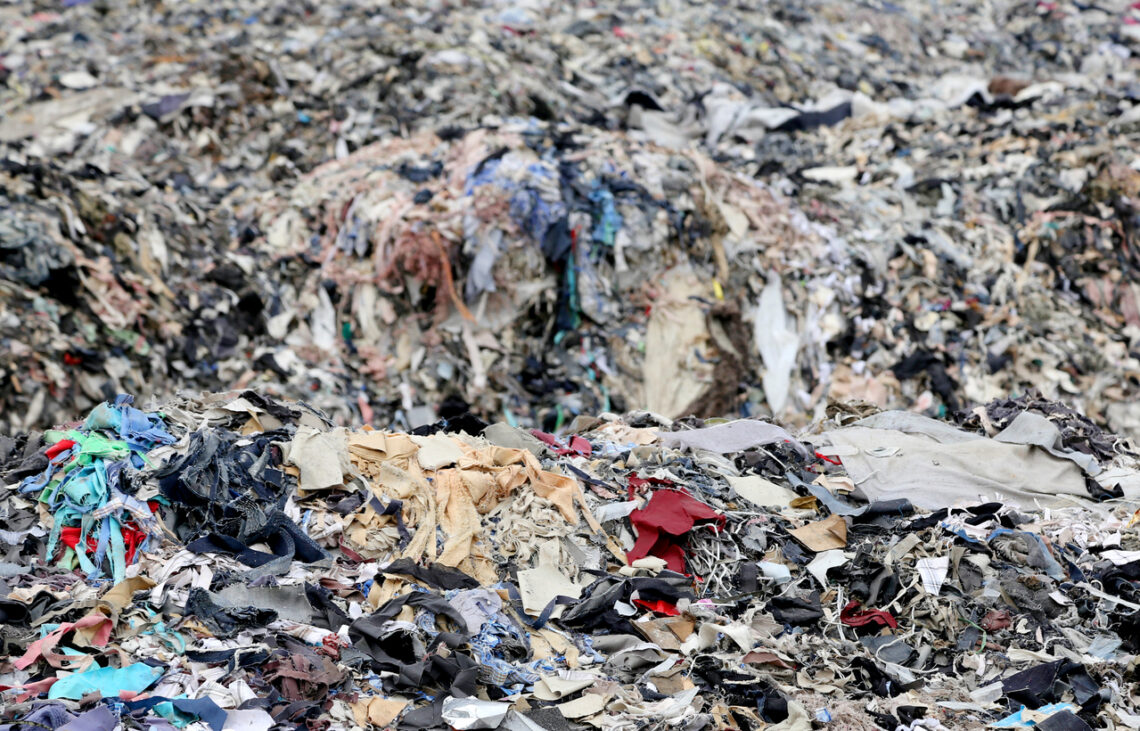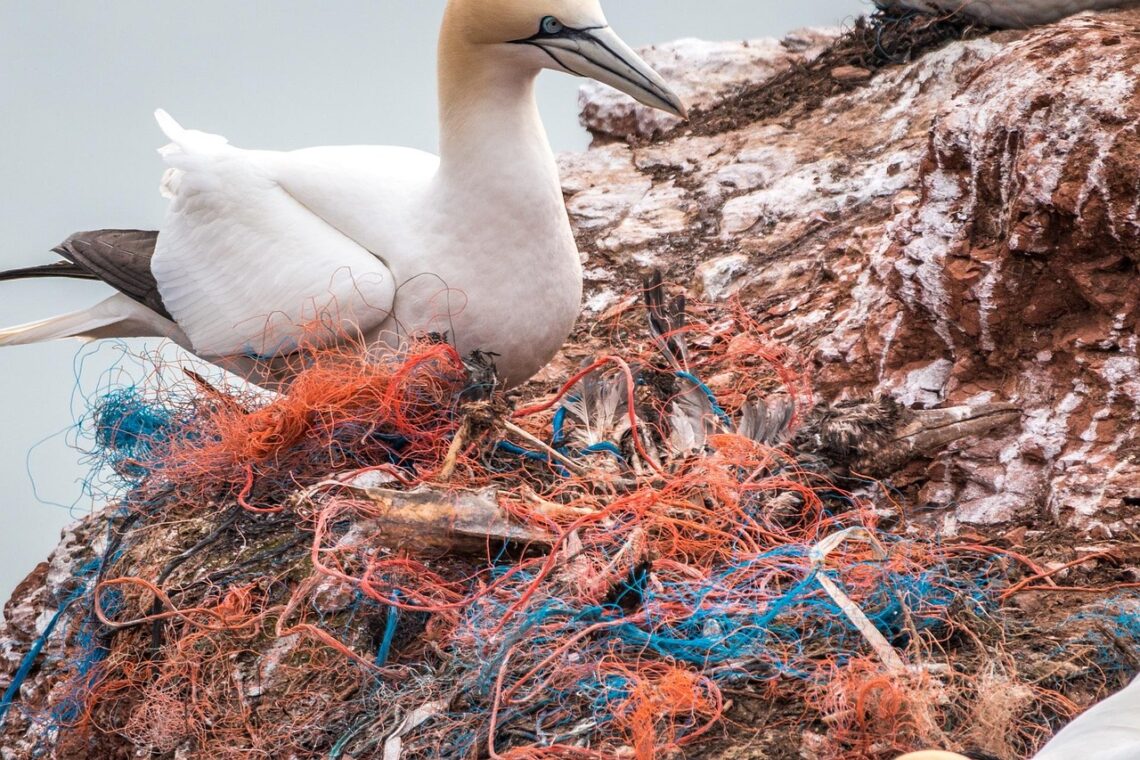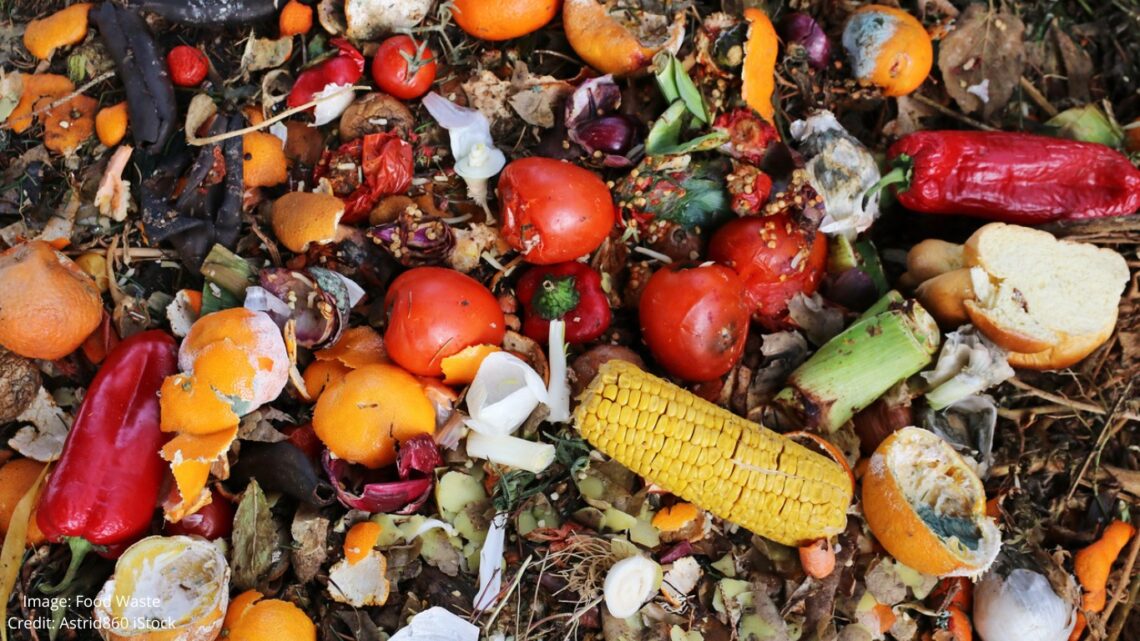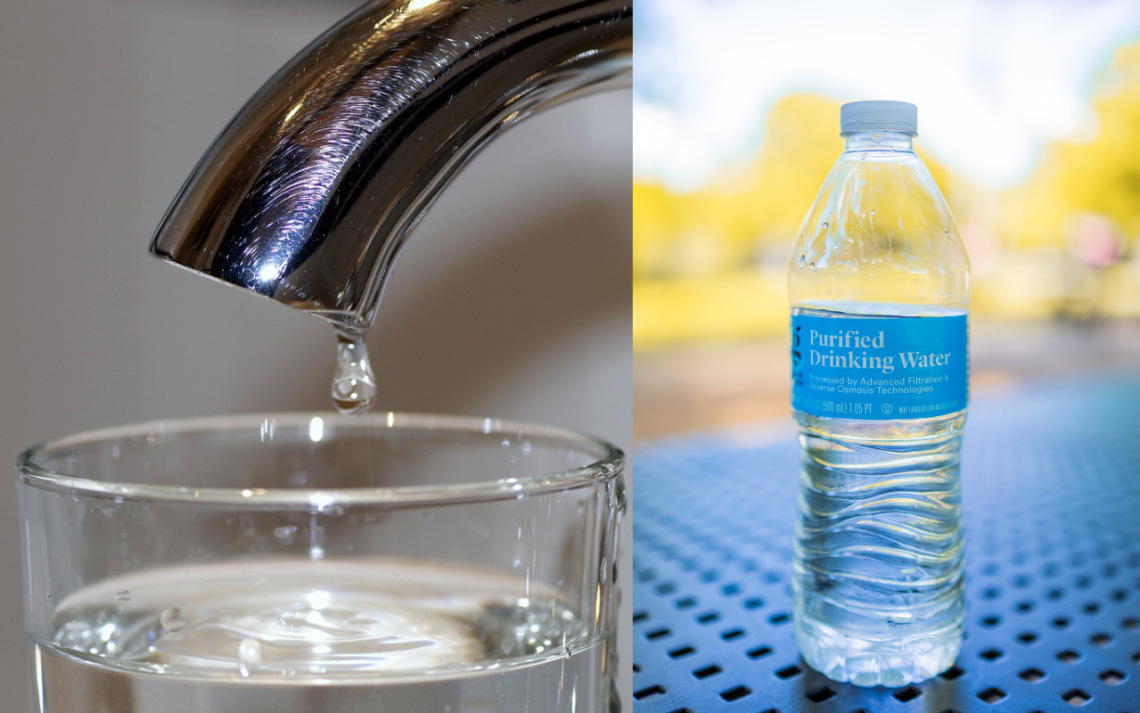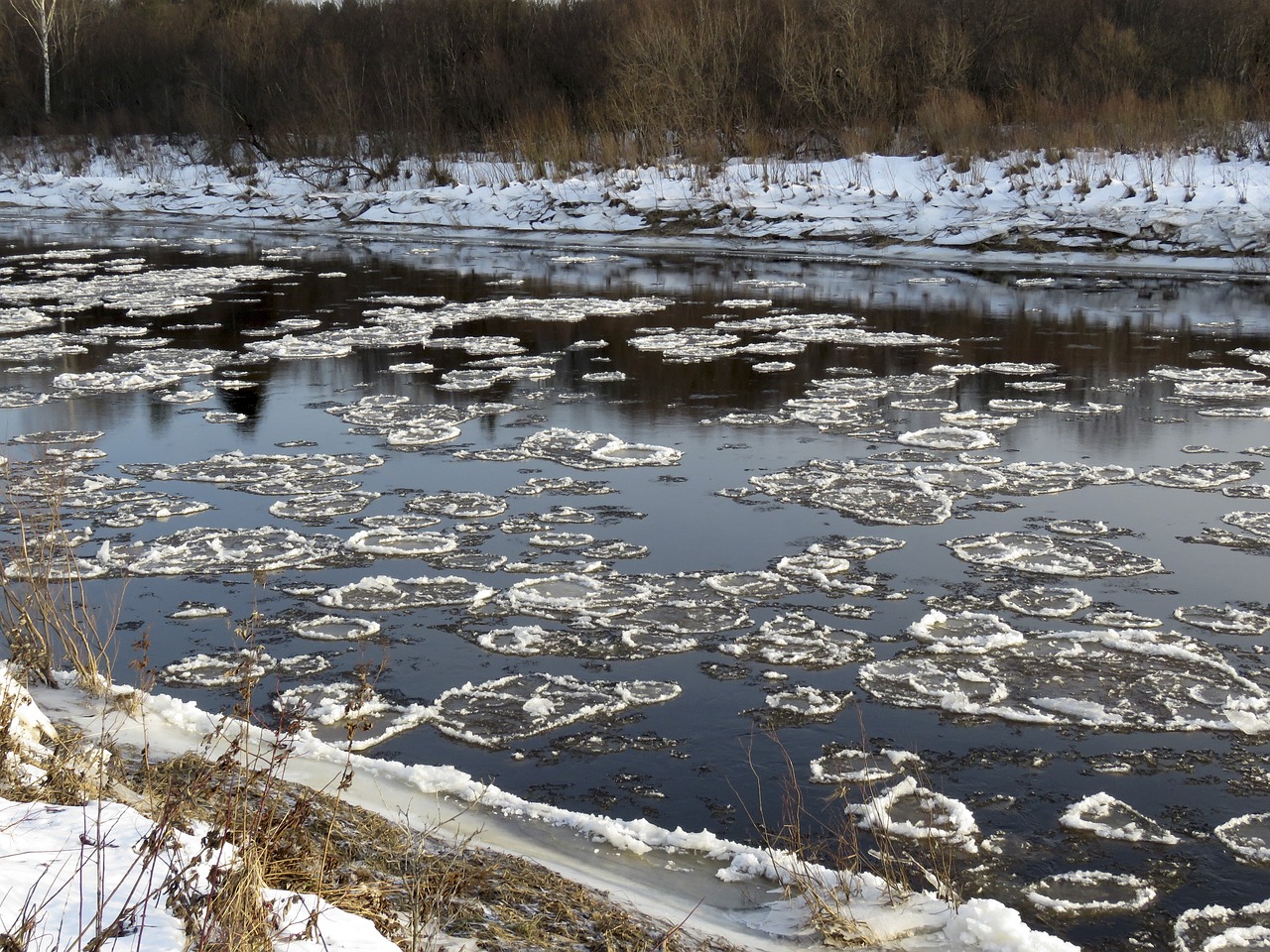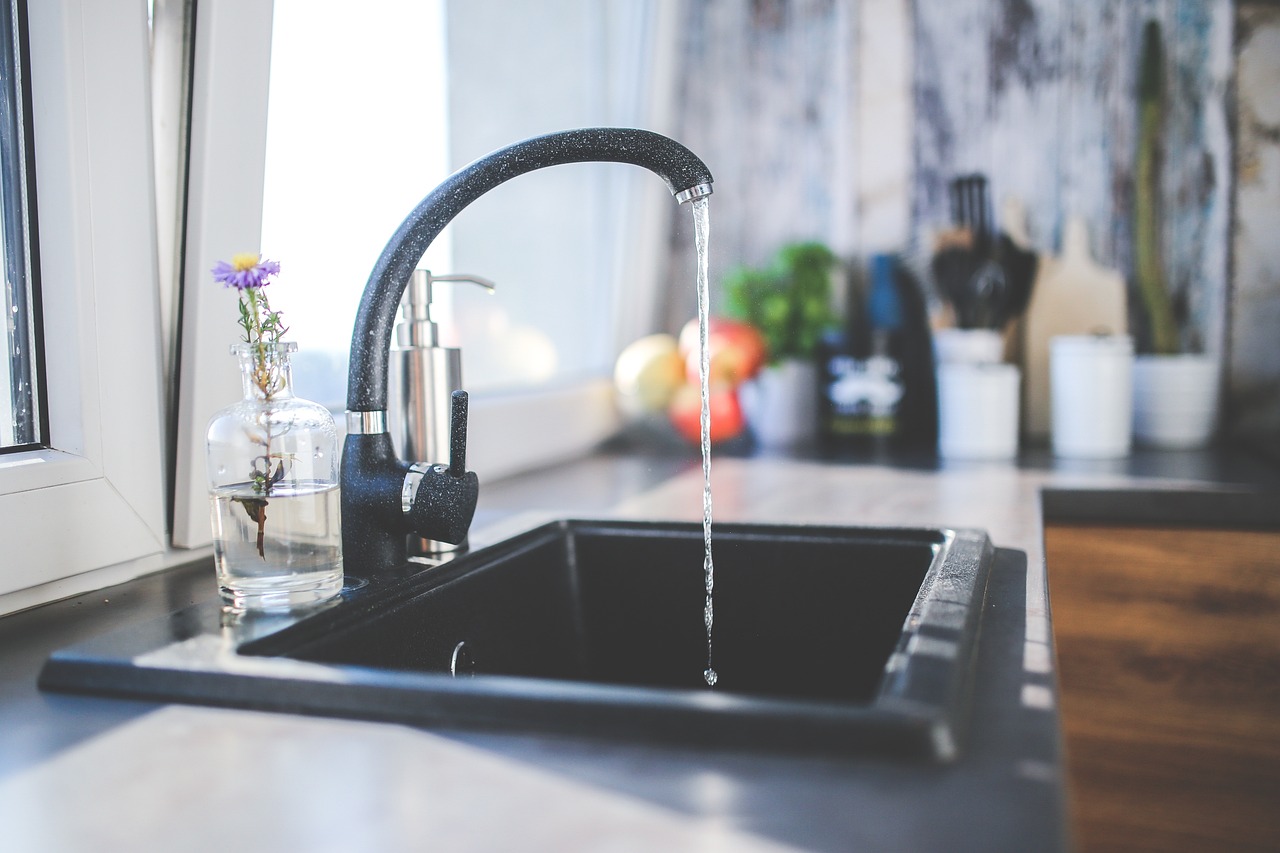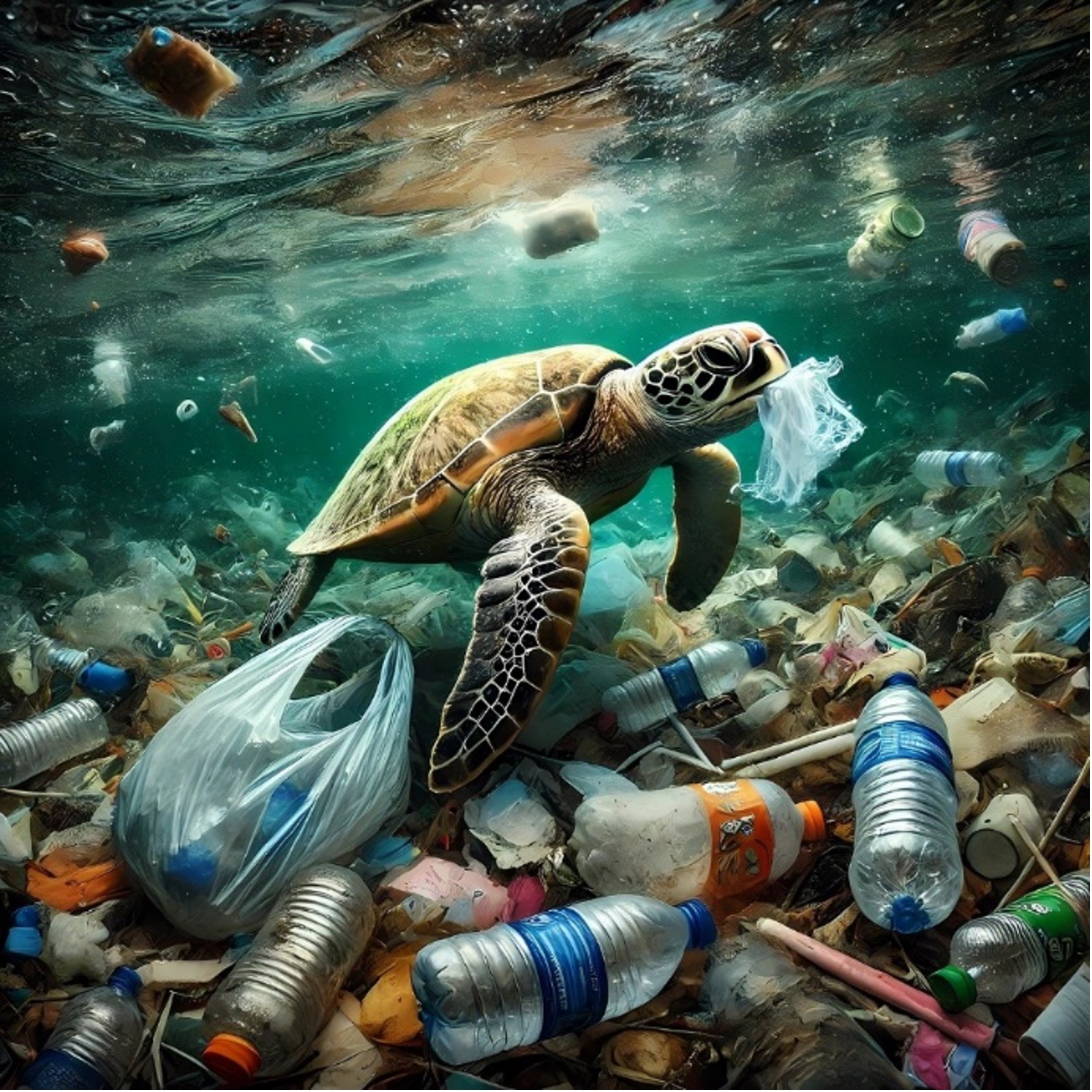Pollution
-
Smiling Angel in Peril: The Yangtze Finless Porpoise
By Holly Shaftel, contributing writer In China’s Yangtze River, a shy, finless “Smiling Angel” glides through the water, echolocating with others of its kind. This is the Yangtze finless porpoise, the world’s only known freshwater porpoise. It once shared its habitat with the Baiji dolphin, however that species was declared functionally extinct* in 2007. Now, the porpoise faces its own fight for survival. In 2013, the International Union for Conservation of Nature (IUCN) listed it as critically endangered due to growing threats from human activity. Will the porpoise disappear next? Why Do We Need the Yangtze Finless Porpoise? Nature is like a giant game of Jenga. Each species is a…
-
The High Cost of Cheap Clothes: Fast Fashion Waste
Did you know that World Cleanup Day is March 31, 2025? It’s a day when people around the world come together to clean up trash, including plastic and fashion waste, and help protect the environment. We often hear about plastic pollution and food waste, but what about fashion? Believe it or not, the fashion industry is a huge polluter. And Fast fashion is the worst of all. The Shocking Truth About Fast Fashion Every year, manufacturers produce over 100 BILLION pieces of low-cost clothing. Many of these clothes contain harmful chemicals and harm the environment. The Environmental Cost of Fast Fashion Fast fashion is a major problem for our planet.…
-
Plastic Everywhere: Microplastics Are Harming Birds–And Us
Introduction Did you know that every piece of plastic ever made still exists somewhere on Earth? Unlike food or paper—it just breaks down into tinier and tinier pieces (microplastics). That means every plastic bag, bottle, plastic cup, or straw ever created is still out there, whether it’s in a landfill, the ocean, or even tiny pieces floating in the air. Now we’ve learned that microplastics are harming birds–and us! In just the first ten years of the 2000s, people made more plastic than in all of history before the year 2000. Now, scientists estimate that there are between 15 and 51 trillion pieces of plastic floating in the ocean—that’s more…
-
Food Waste: The Big Problem Hiding in Your Trash!
Have you ever thrown away food at home—maybe an apple with a bruise or leftovers you didn’t feel like eating? If so, you’re not alone! I’ve done it, too! People all over the world waste tons of food every single day. But did you know that food waste is a big problem for our planet? Let’s dive into what food waste is, why it matters, and how we can help fix it! What is Food Waste? Food waste occurs when people throw away perfectly good food instead of eating it. This waste happens at home, in restaurants, at grocery stores, and even on farms. Some common reasons food gets wasted…
-
Bottled Water or Tap Water: Which One Would You Choose?
Every living thing needs water to survive! Water is super important for staying healthy, but should you drink bottled water or tap water? The answer depends on things like cost, health, convenience, and the environment. Let’s break it down! Which One Costs More? If you want to save money, the choice between bottled water or tap water is clear. Tap water is the better choice. In the U.S., tap water costs less than a penny per gallon, while bottled water can be hundreds or even thousands of times more expensive. If you buy bottled water often, the cost adds up fast! Instead, using a reusable water bottle and a home…
-
From Sewer Sludge to Forever Chemicals: A Sticky Health Mystery
Sewer sludge, a leftover material from cleaning wastewater, might expose farmers and people living nearby to toxic chemicals known as “forever chemicals,” according to a report by the U.S. Environmental Protection Agency (EPA). Where is Sewer Sludge Used? Farmers sometimes fertilize their fields with sewer sludge. This sludge can hold high levels of harmful chemicals called per- and polyfluoroalkyl substances (PFAS). By using this sludge year after year, farmers risk being exposed to unsafe amounts of PFAS. The EPA also warns that PFAS can end up in food products like milk or eggs. The EPA says farmers use biosolids on less than 1% of U.S. farmland, but the National Biosolids…
-
Toxic PFAS May Be in Your Tap Water
Nearly half of the nation’s tap water is thought to contain one or more kinds of chemicals called PFAS, which stands for per- and polyfluorinated alkyl substances. This finding comes from a recent study by the U.S. Geological Survey (USGS). Believe it or not, there are over 12,000 different types of toxic PFAS, but we can’t detect all of them with the tests we have now. In this study, the USGS looked for 32 specific types of PFAS. What exactly are PFAS? Toxic PFAS chemicals are used in a lot of everyday products, like nonstick cookware, food packaging, stain-resistant fabrics, firefighting foams, and even cosmetics. There are over 14,000 of…
-
Plastic Pollution is Ick!
Plastic pollution is a big problem for our planet. From tiny plastic bits to large, large pieces floating in the ocean, plastic waste is everywhere—and it’s causing a lot of harm to our health, wildlife, and ecosystems. The vast majority of plastic is made from fossil fuels—crude oil, coal, and natural gas. What is Plastic Pollution? Plastic pollution happens when people don’t throw away plastic items like bottles, bags, wrappers, and straws properly, and these items end up in the environment. Unlike organic materials, plastic doesn’t break down naturally. Instead, it breaks into smaller pieces, called microplastics, which remain in the environment for hundreds or even thousands of years. How…

